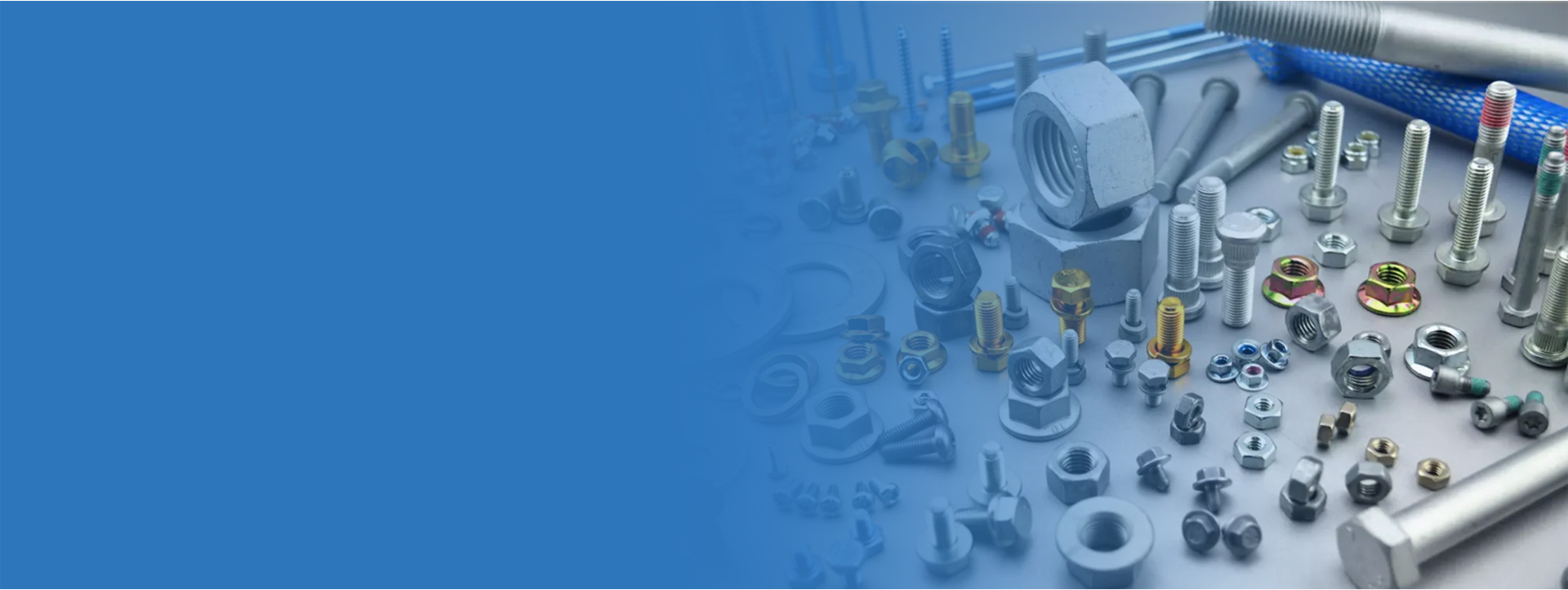অক্টো. . 21, 2024 16:14 Back to list
cutting threaded rod
Cutting Threaded Rod A Comprehensive Guide
Threaded rods are versatile fasteners commonly used in a variety of applications across construction, manufacturing, and DIY projects. These rods serve as anchors, connectors, or extensions to secure components together effectively. However, there might be instances where you need to cut threaded rods to fit particular specifications or dimensions. This article will explore the best practices for cutting threaded rods safely and efficiently.
Understanding Threaded Rods
Threaded rods are typically made from materials such as steel, stainless steel, or aluminum. They feature continuous threads along their length, allowing for the attachment of nuts and other fasteners at various points. Their standard sizes range from 1/4 inch to 1 inch in diameter, and they come in varying lengths, usually measured in feet or meters. The threaded rod's design allows it to be versatile in applications—from supporting structural elements in buildings to securing fixtures in machinery.
Why Cut Threaded Rods?
There are several reasons you might need to cut threaded rods. Maybe the rod is too long for your specific application, or perhaps you require a custom length for a unique project. Reducing the length can help improve the fit of components, enhance aesthetics, and ensure the structural integrity of the assembly.
Tools for Cutting Threaded Rods
cutting threaded rod

Before you start cutting, it's essential to gather the right tools. Common tools used for cutting threaded rods include
1. Hacksaw Ideal for shorter rods and projects requiring minimal tools. 2. Cut-off Saw A powerful tool suitable for cutting numerous rods in a workshop setting. 3. Band Saw Excellent for precise cuts and larger quantities of threaded rods. 4. Angle Grinder Good for quick cuts but may not produce thread-friendly edges without additional finishing.
Cutting Procedure
1. Measure and Mark Carefully measure the desired length of the rod and mark it clearly using a marker or chalk. 2. Secure the Rod Use clamps or a vise to secure the threaded rod to prevent movement during cutting. 3. Cutting Employ your chosen cutting tool. For a clean cut, maintain a steady hand and apply consistent pressure. 4. Finishing Touches After cutting, the edges may be sharp or uneven. Use a file or sandpaper to smooth the cut end to prevent injury and ensure easy threading of nuts.
Conclusion
Cutting threaded rods is a straightforward task that can significantly enhance the versatility of your projects. With the right tools and safety precautions, you can achieve precise cuts that meet your specifications. Whether you're a professional contractor or a DIY enthusiast, mastering this skill can expand your capabilities in crafting and building. Always remember to wear appropriate safety gear, including goggles and gloves, to protect yourself while working.


